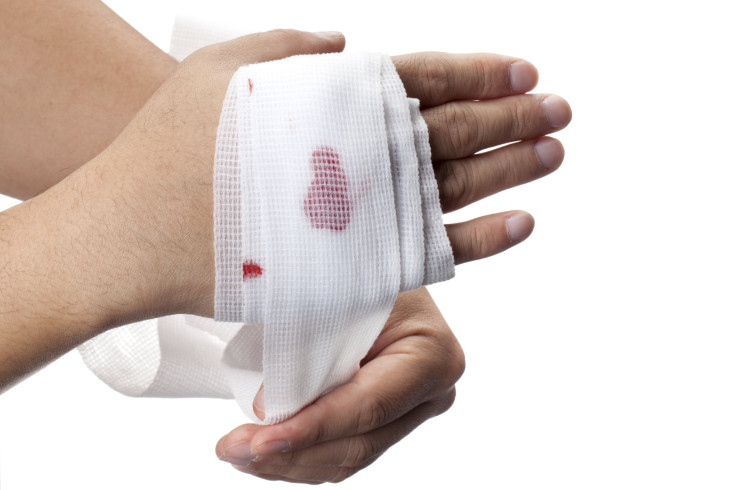Engineered ‘Glue’ Called Growth Factors Helps Heal Wounds Faster

Scientists have developed a new “glue” of sorts that can help heal wounds faster, especially in patients whose natural healing process is in some way inhibited or slow. The “glue” works by “remaining near the damaged tissue longer than it normally would.”
Researchers led by Mikaël Martino and his team at the École polytechnique fédérale de Lausanne (EPFL) in Switzerland focused on what are known as growth factors, proteins that naturally assist in the body’s healing process, and how they bind to extracellular matrix, or the substance that surrounds human cells. Growth factors are used in various ways, from helping a baby develop in the womb, to healing skin cuts and broken bones. Essentially, growth factors are one of the body’s healing tools.
The researchers managed to engineer a particular growth factor to stick to the extracellular matrix by a set of chemical “hooks,” in the hopes of creating a stronger, more effective growth factor that could help heal wounds faster than before. They then tested this growth factor on mutant mice carrying a genetic defect that prevented their wounds from healing quickly.
The researchers wounded the mice then “painted” the growth factor onto their injuries. With the growth factor sticking in place, other cells began fixing the injury, which helped it to heal faster. This type of healing tool, which stimulates blood vessel growth, would be most helpful for people with chronic wounds that don’t heal very easily, such as people with diabetes or compromised immune systems. Burn victims may also be aided by this new development, particularly for third-degree burns, which are difficult to treat because the cells that would normally release growth factors have been burned off.
Martino and his team were able to develop the growth factor’s ability to be applied in very small doses, up to 250 times smaller than growth factors used before. This is important because applying too much of growth factors to a wound could actually be harmful. “You get bone formation where you don’t want it,” Jeffrey Hubbell, professor of bioengineering at EPFL and co-author of the study, told LiveScience. If the doses of growth factor are too large, they could cause bruises.
There is still a long way to go before these growth factors will be able to be used clinically; currently there are only two other growth factors used in treatment.
Source: Martino M, Briquez P, Guc E, et al. Growth Factors Engineered for Super-Affinity to the Extracellular Matrix Enhance Tissue Healing. Science. 2014.



























